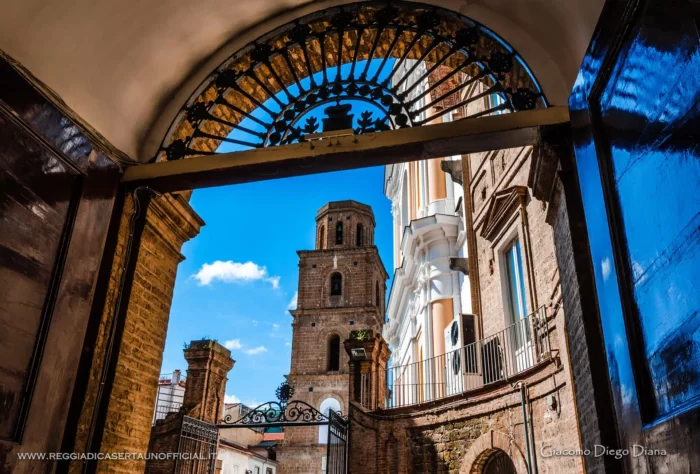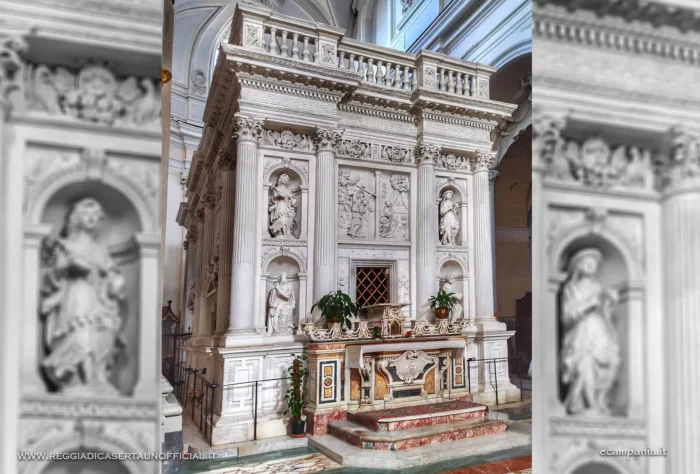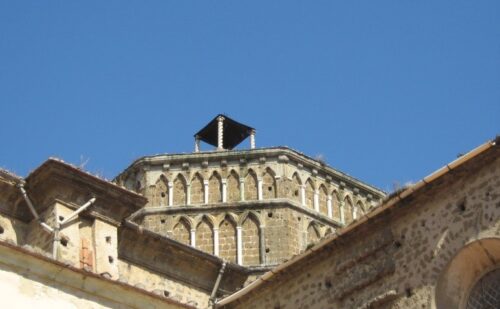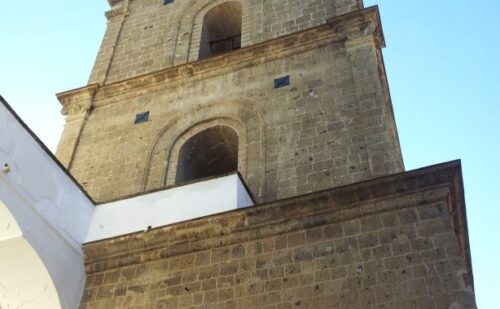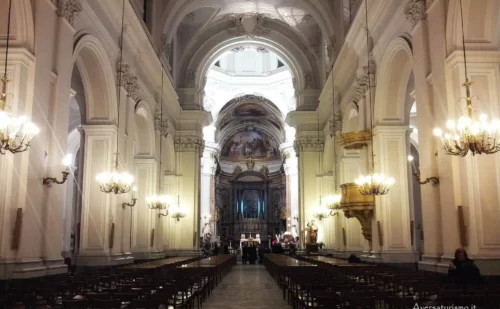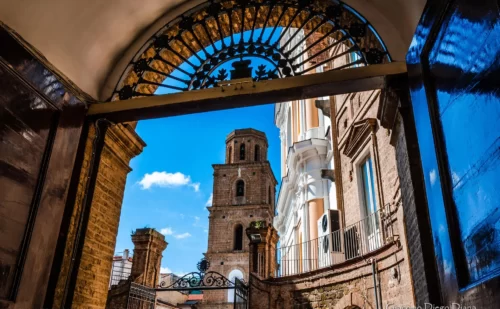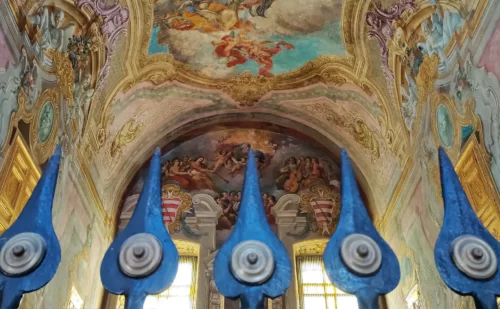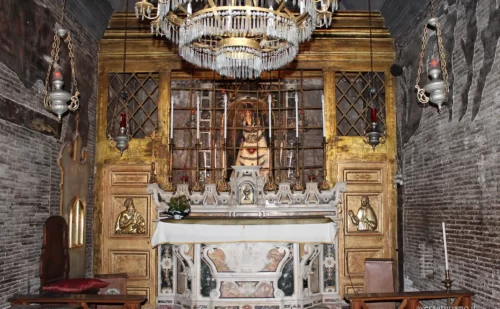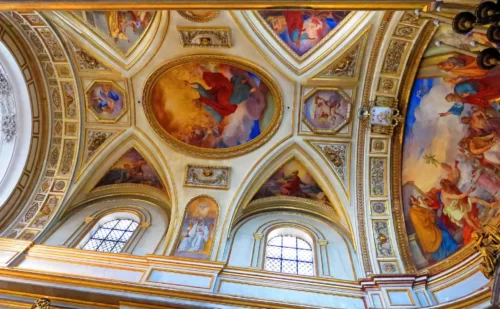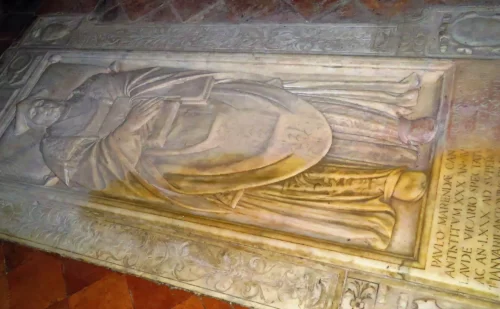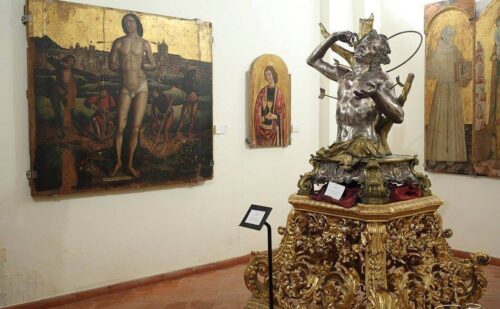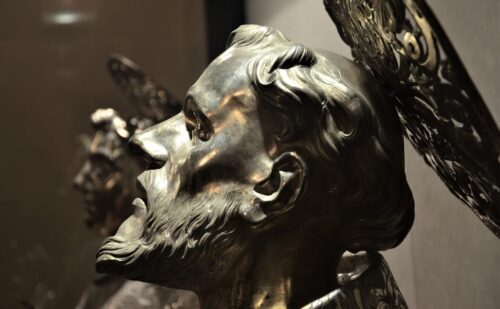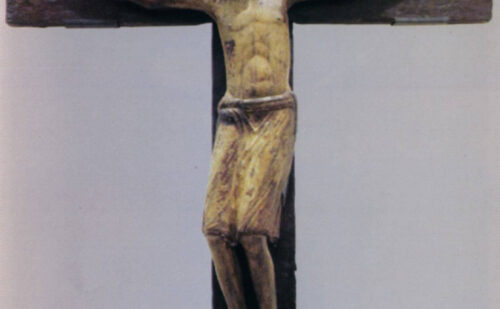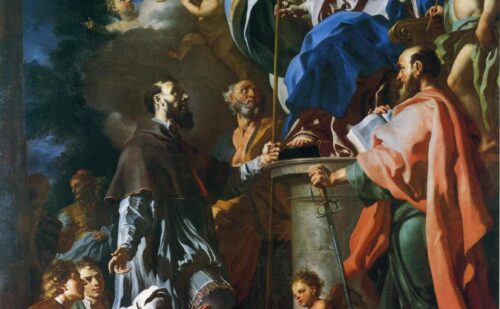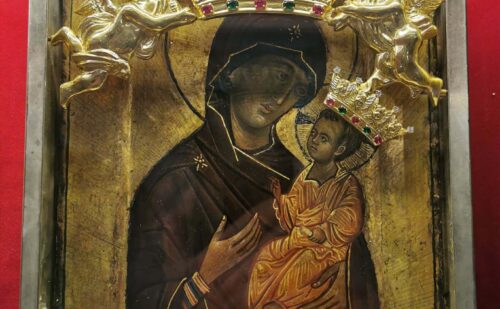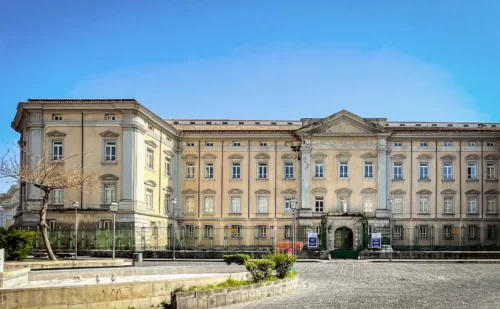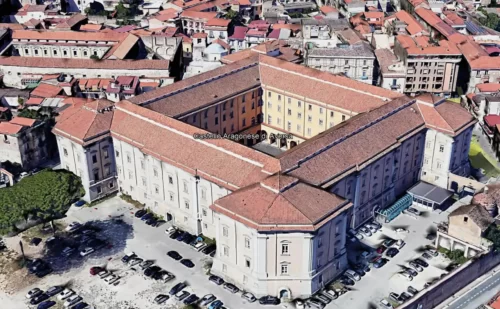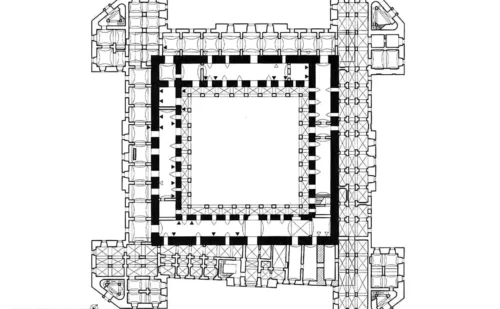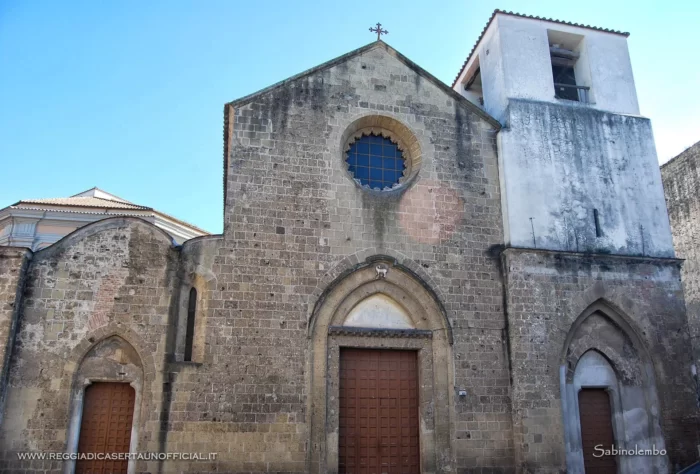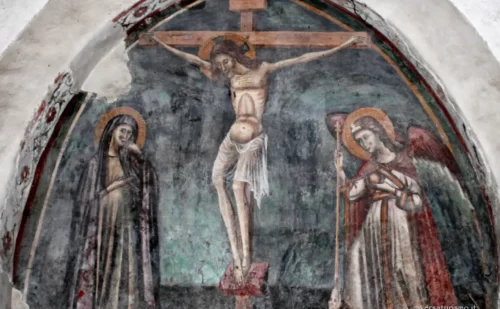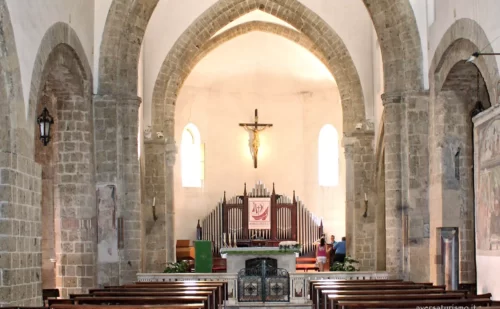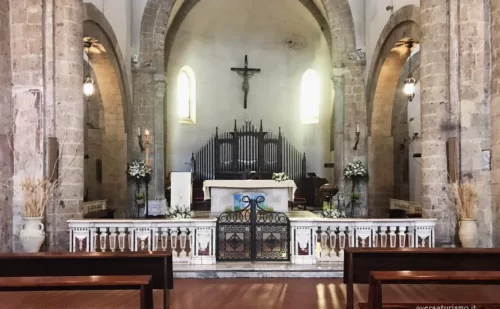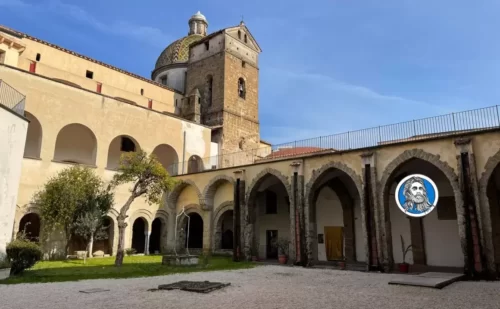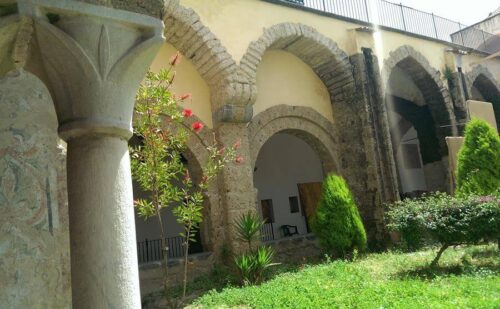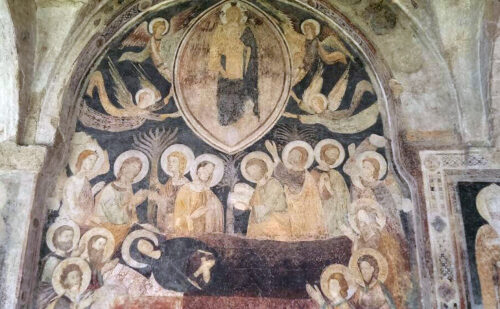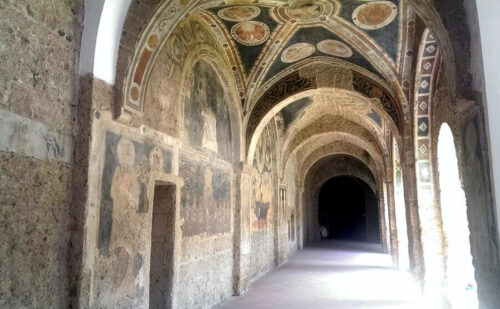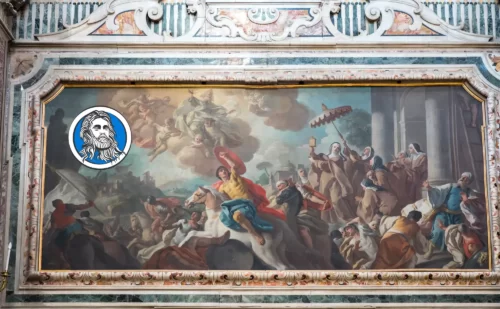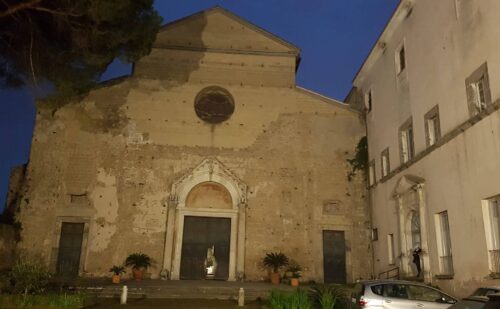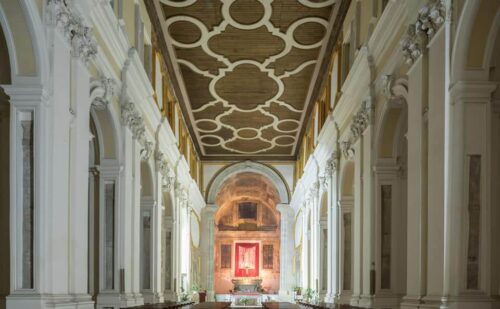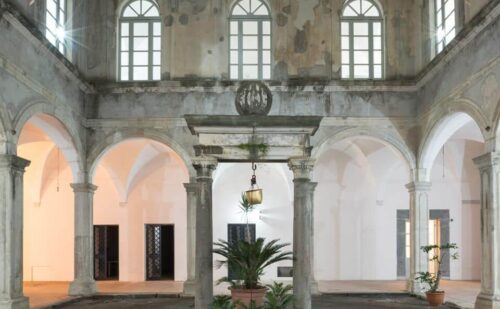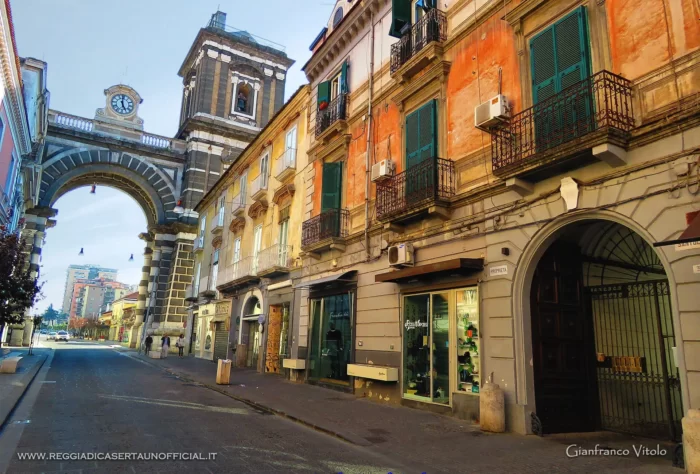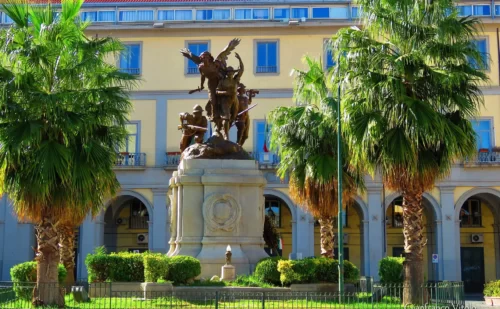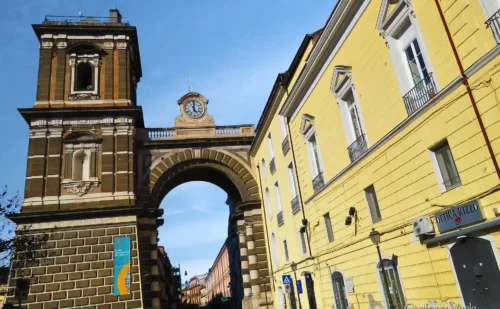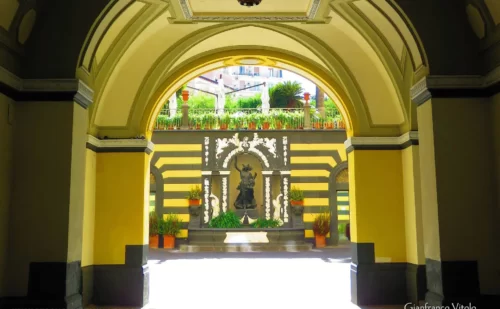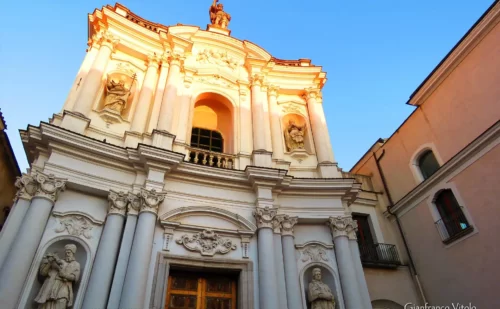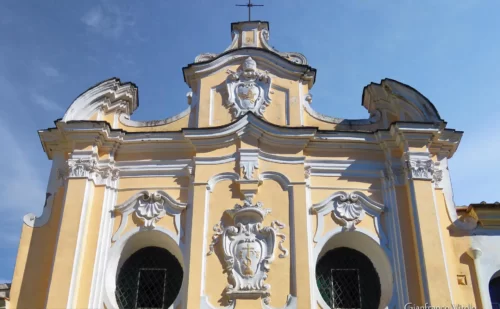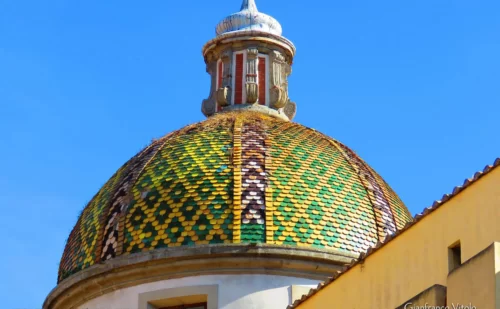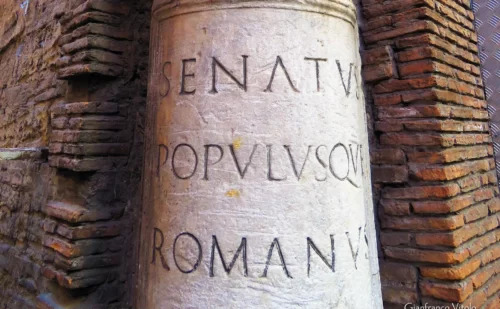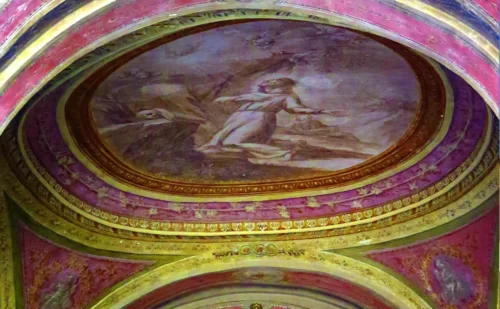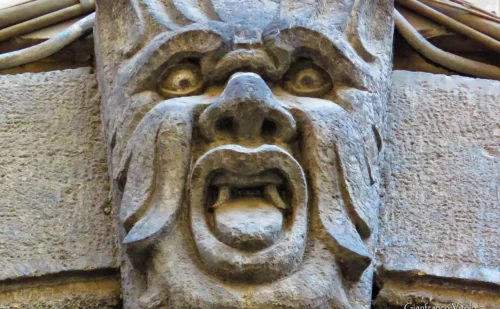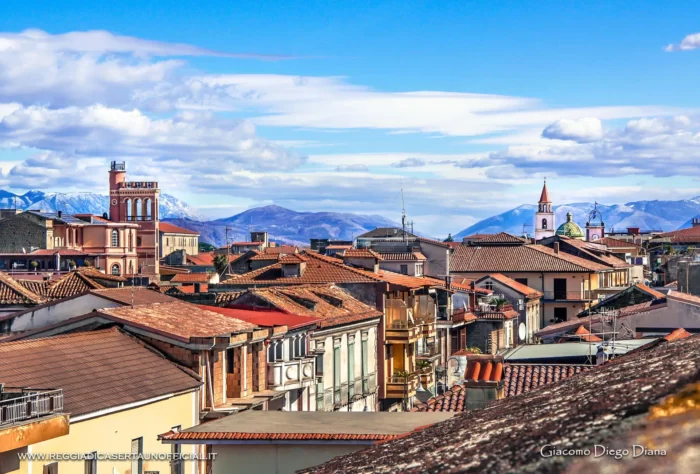Aversa, capital of the Normans
Aversa, the city of a thousand churches
Aversa was founded by the Normans in 1030 north of the abandoned Atella. Equipped with walls at the behest of the Norman leader Rainulfo Drengot, it was the first independent Norman county in Italy. From 1053 it was a bishopric and hosted prestigious grammar schools. In the fourteenth century the Angevin court often resided there, and its castle was the scene of bloody episodes, such as the strangulation of Andrea of Hungary (1345), first husband of Joanna I, queen of Naples.
Cathedral of Saint Paul
Built in the 11th century at the behest of the Norman prince Richard I, it has undergone numerous renovations, up to the current Baroque form which also affects the facade. The Arab-Norman dome, the only one of its kind, with an octagonal external plan and the ambulatory which since 2003 houses the Diocesan Museum remain of the original building.
Bell tower
The current Bell Tower of the Cathedral of Aversa was built in 1499 when, following the earthquake of 1457, the original bell tower, located on the side of the dome of the cathedral, collapsed.
External to the church complex, connected to it only in 1733 through the construction of a bridge, the tower develops vertically for a total height of m. 45.43.
Diocesan Museum of Aversa
Inside the thirteenth-century Cathedral of Aversa is the diocesan museum which exhibits the works of art from the cathedral and tells the story of the city both in the Norman era of the eleventh-twelfth century and later.
There are architectural and sculptural finds, as well as liturgical furnishings and reliquaries in the cathedral (marble slabs of San Giorgio with the dragon and the turreted elephant, bas-reliefs of the ancient jambs of the main door of the Cathedral, the Nativity of Pietro Negroni and Girolamo Cardillo).
In the Sale del Baldacchino (throne for the Eucharistic exhibition in silver and 11th century parchments), of Loreto (Madonna del Gonfalone by Francesco Solimena, the reliquary the Sacra Spina) and of San Sebastiano (seven 15th century tables by Angiolillo Arcuccio) .
Aragonese castle
The Castle, known as “Aragonese”, today the seat of the Court of North Naples, was built, in its central nucleus, by Roger II Altavilla on the walls of the Third Circle, and rebuilt by Alfonso of Aragon. In the 1700s it was used as a cavalry barracks and now houses the training and updating school of the penitentiary administration.
Church of Santa Maria a Piazza
The church of Santa Maria a Piazza is the oldest church in Aversa. It is located in what at the time was the meeting place and exchange of merchandise by people of different origins such as Jews, Arabs, Byzantines and Lombards.
Its façade is dominated by three pointed portals. The three internal naves are embellished with remarkable frescoes from the Giotto school (14th century), including a “Dormition of the Virgin with apostles”.
External links
Church and Monastery of Saint Francesco
Founded between 1230 and 1235 by the female branch of the Rebursa family, whose brothers were executed with Corradino di Svevia, the monastery was born as a house of the Rebursa transformed into a cloister.The complex of S. Francesco has undergone various interventions over the centuries, while the cloister, which preserves beautiful frescoes, remains the only testimony of the original Romanesque aspect.
Abbey of San Lorenzo in Septimum
Of Lombard derivation, later transformed and enlarged around 1050 by the Norman princess Urrifrida, Imo became an abbey in 1092. It was then suppressed in 1807 and used as a military orphanage. Today it houses the Faculty of Architecture of the Second University of Naples. The Renaissance cloister is very interesting, with a portico supported by elegant columns. Also noteworthy is the Romanesque portal of the church, commissioned by the abbot Matthew I in 1121. The interior retains columns from the 11th century, enclosed in the pillars of the three naves, and materials from ancient Aphelus.
The city and the other churches at Aversa
Along via Pietro Rosano (following it to the end you reach the Porta S Giovanni) take via S. Biagio on the right, bordering the church of S. Biagio, today in eighteenth-century form but built in the 11th century. The atrium has cross vaults supported by polygonal pillars. The interior has a single nave and has polychrome marble altars. among which the largest is noted. with a Martyrdom of San Biagio of disputed and not ascertained attribution. The eleven chapels are embellished with remarkable paintings dating back to various periods between the 16th and 17th centuries. The cloister, in Baroque style, preserves in some places the Romanesque vestiges of the original church.
From via Pietro Rosano take via Plebiscito and skirt elegant buildings. On the left there is a Durazzesco portal and, a little further on, the seat of S Luigi. also known as the “Sedile”, the only medieval structure still existing in the city; rebuilt in 1692, it houses a monument to the Unknown soldier.
The church of S. Domenico overlooks the same square. with a bright Baroque facade, which preserves the statues of four popes and on the top, that of King Louis IX. Shortly after the entrance to Via S. Marta, there is a beautiful ogival portole on it. From piazza S. Domenico, along via S. Marta you arrive in piazza Federico Santulli which is overlooked by the church of S. Nicola. The restorations following the 1980 earthquake underline the architectural stratification that took place over the centuries; In fact, fragments of frescoes and a Gothic single-lancet window have been brought to light, while leaving evidence of the Baroque phase. same title.
At the western end of the village, along ria Giovanni Linguiti, stands the former convent of the Maddalena, converted in 1813 by Gioacchino Murat into a psychiatric hospital. It was one of the most important Italian psychiatric hospitals. In the church of the Maddalena, closed and difficult to visit, there are splendid works of art, including a wooden crucifix from the fourteenth century and a valuable composition by Giovanni da Nola.
Going back, along via Cesare Golia, you reach the church of SS. Trinità dei Pellegrini, seat of the parish of S. Audeno. The building has a remarkable wooden ceiling with gilded coffers, and on the main altar two precious statues of the apostles Peter and Paul.
From here, turn right into via Vittorio Veneto and then immediately left: going northwards you will meet the former next to the Cimarosa Theater. you arrive in Piazza Principe Amedeo. In the Villa Comunale stands a monument to Pietro Rosano (1847-1903), a politician from Aversa.
